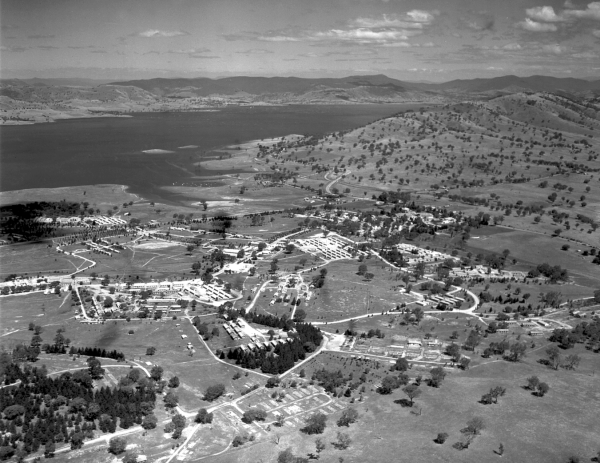Teacher introduction to this resource kit

This resource kit
- uses Trove for big scale newspaper searches and analysis of newspaper/magazine articles;
- uses the National Archives of Australia Record Search for access to files including what were secret security agency reports;
- guides exploration of the NSW Migrant Heritage Centre site ‘Belongings’, to investigate 13 eye-witness stories from migrants and refugees who came to Australia via Bonegilla.
Together the walkthrough and the kit provides a virtual site visit as required in the Australian Curriculum History for the middle secondary school years. The learning materials provide an ‘inquiry-based examination of an historically significant location’, addressing the concepts, skills, outcomes and content specified in the curriculum, giving a great deal of attention to identifying and evaluating a variety of sources in the historical inquiry process.
The authors have taken particular note of the curriculum statement that:
Site studies enable students to understand their historical environment and participate actively in historical inquiry. They can offer a means of interpreting the past and/or recognising how human occupation and use of the site has changed over time. Such an approach can lead to an understanding of the historical context in which changes have occurred. The enjoyable experience of active engagement in the past helps to create and nurture a lifelong interest in history.
The authors been guided by the rationale for history expressed in the curriculum:
History is much more than the simple presentation of facts and dates from the past. History provides the skills for students to answer the question 'How do we know?' An investigation of an historical issue through a range of sources can stimulate curiosity and develop problem-solving, research and critical thinking skills. Students learn to critically analyse and interpret sources of evidence in order to construct reasoned explanations and a rational and informed argument based on evidence, drawn from the remains of the past. Students engage in research involving traditional methods and ICT, including evaluating web-based sources and using a range of technologies for historical research and communication.
The authors have explicitly provided opportunities for students
- to develop a critical understanding of the past and its impact on the present, to develop the critical skills of historical inquiry and to enable students to participate as active, informed and responsible citizens; and
- to become aware that history is all around us and that historical information may be drawn from the physical remains of the past as well as written, visual and oral sources of evidence.
Like other historical inquiries, the learning materials consistently ask ‘how do we know?’ and ‘how do we find out?’ Like other visitor guides they ask ‘why visit this place?’
